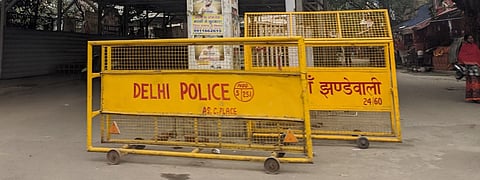
- News
- Columns
- Interviews
- Law Firms
- Apprentice Lawyer
- Legal Jobs
- हिंदी
- ಕನ್ನಡ

The Delhi High Court has awarded Rs 75 lakh as compensation to a person who met with an accident due to chained barricades placed by Delhi Police. (Dheeraj Kumar vs UOI)
The accident victim is presently in vegetative state.